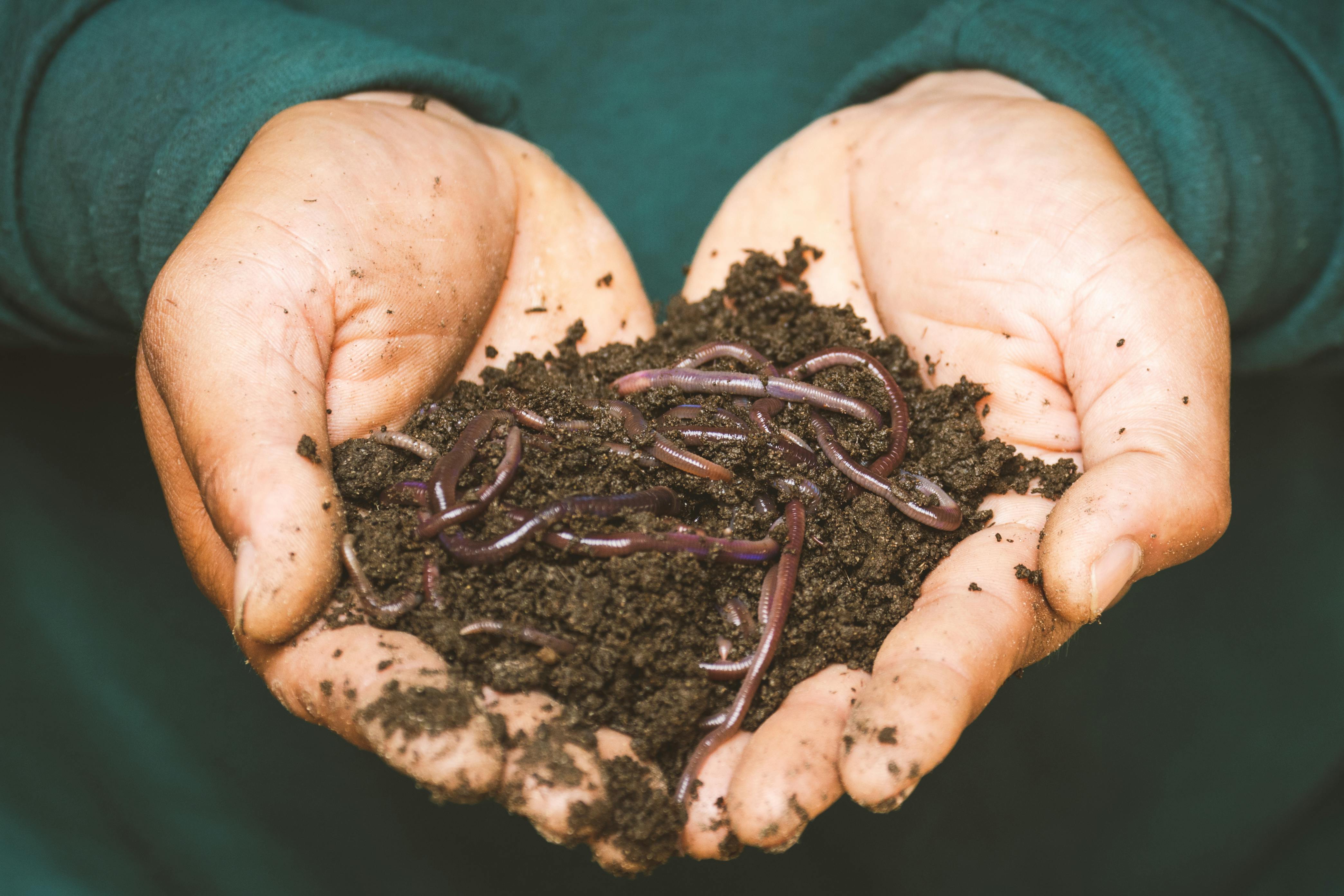Comparing mulch types for moisture retention and weed suppression
Mulch can influence water use, soil health and plant vigor across lawns, vegetable plots and containers. This overview compares common mulch types by how they retain rainwater, limit runoff and suppress weeds, while noting effects on pests, compaction and long‑term sustainability. It aims to help homeowners and gardeners make choices that match local soils, lighting and design needs.

Understanding how different mulches perform is important for managing moisture, suppressing weeds and supporting healthy plants. Mulch reduces evaporation, moderates soil temperature and breaks the force of rainfall to limit runoff, but each material behaves differently. This article compares organic and inorganic options, considers impacts on vegetables and natives, explains interactions with pests and compaction, and includes a practical cost comparison to help plan projects around hardscape, containers and landscape lighting.
How does mulch affect rainwater and runoff?
Mulch alters how rainwater reaches the soil by slowing surface flow and increasing infiltration. Coarse mulches like wood chips allow more water to pass through quickly but reduce splash erosion, while finer mulches such as compost or shredded bark can form a denser layer that holds moisture but may shed sudden heavy rains if applied too thinly. Proper depth (2–4 inches for many organic mulches) reduces runoff and helps soil absorb rainwater. Placing mulch upslope of planted areas and complementing it with swales or groundcover can further reduce erosion and concentrated runoff.
Which mulches suit vegetable beds and containers?
For vegetables and containers, nutrient availability and cleanliness matter. Compost, leaf mulch and well‑aged manure improve moisture retention and add nutrients that benefit annual vegetables, but avoid fresh manure that can burn plants. In containers, lightweight bark blends or coconut coir retain moisture without compacting the root zone; monitor watering because containers dry faster than in‑ground beds. Avoid mulches that may leach dyes or oils into edible crops; choose certified compost or well‑processed organic materials for vegetable gardens to reduce contamination risk.
Can mulch reduce pests and soil compaction?
Mulch can both deter and attract pests depending on type and maintenance. A thick, clean layer of organic mulch reduces slug and weed seed germination but may provide habitat for rodents or overwintering insects if piled against stems. Inorganic mulches such as gravel and rubber avoid attracting decomposers but can increase soil compaction and heat if placed too close to roots. To limit compaction, avoid walking on mulched beds and use coarser, more porous mulches in high‑traffic areas. Rotating mulch and maintaining proper depth reduces pest harborage while preserving soil structure.
How does mulch compare to groundcover and hardscape?
Mulch, groundcover and hardscape serve different roles: mulch conserves moisture and feeds soil as it decomposes; groundcover provides permanent living soil protection and can outcompete weeds once established; hardscape (pavers, gravel) offers durable surfaces but increases runoff and may require edge treatment to contain mulch. Use mulch around plantings to protect roots and retain rainwater, combine with low groundcover for long‑term weed suppression, and use permeable hardscape or gaps with plants to reduce runoff and support sustainability goals in landscape design.
Are native mulches better for sustainability and natives?
Native or locally sourced organic mulches—such as shredded native tree bark, leaf litter or locally produced compost—tend to support local soil biology and sustainability by reducing transport impacts. These mulches often benefit natives by fostering compatible microbial communities and retaining moisture suited to local climates. However, source quality matters: avoid mulch containing invasive seeds or contaminants. Incorporating natives in planting beds and using appropriate mulches can reduce irrigation needs, lower long‑term maintenance and help maintain a resilient garden ecology.
What role does mulch play with lighting and landscape design?
In landscape lighting and design, mulch defines beds visually and conceals base wiring while helping plantings look finished. Lighter color mulches can reflect light from low fixtures, improving visibility; darker mulches create contrast for uplighting. Be mindful that some mulches can obstruct fixtures or trap heat near wiring—leave clearance around lighting bases and hardscape edges. In tight beds or near masonry, choose stable mulches that won’t shift with runoff or frequent maintenance, and ensure placement complements both aesthetics and irrigation patterns.
| Product/Service Name | Provider | Key Features | Cost Estimation |
|---|---|---|---|
| NatureScapes Hardwood Mulch | Scotts (widely available) | Durable organic, moderate decomposition, good moisture retention | $3–6 per 2 cu ft bag; ~$25–40 per cubic yard (bulk) |
| Dyed/Colored Shredded Mulch | Vigoro (Lowe’s) | Visual uniformity, weed suppression, moderate soil improvement | $3–6 per 2 cu ft bag; ~$30–50 per cubic yard |
| Bulk Compost/Leaf Mulch | Local garden centers / municipal compost programs | High nutrients, excellent for vegetable beds and natives | $10–40 per cubic yard depending on source and processing |
| Engineered Rubber Mulch | Various brands (retailers such as Home Depot) | Very long‑lasting, reduces compaction from foot traffic, inert | $50–150 per cubic yard; higher upfront cost but low replacement frequency |
Prices, rates, or cost estimates mentioned in this article are based on the latest available information but may change over time. Independent research is advised before making financial decisions.
Conclusion Choosing the right mulch depends on specific goals: organic mulches support soil life and are useful for vegetables and natives, while inorganic options can offer longevity and low maintenance near hardscape or lighting. Consider rainwater behavior, runoff potential, pest tendencies and compaction when selecting materials. Matching mulch type to site conditions—sun exposure, irrigation, container vs in‑ground beds—and planning for replacement and sourcing supports both plant health and long‑term sustainability.





